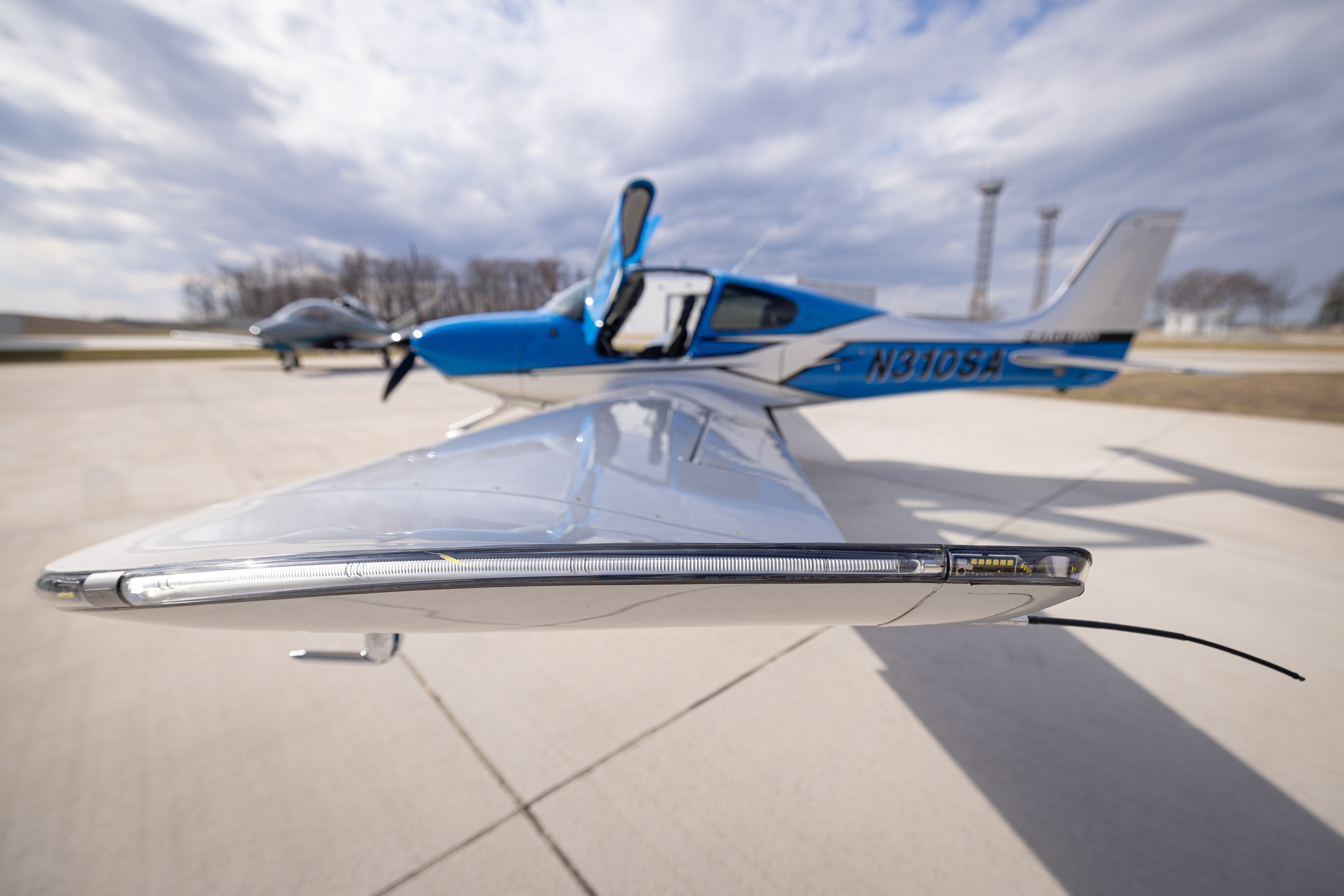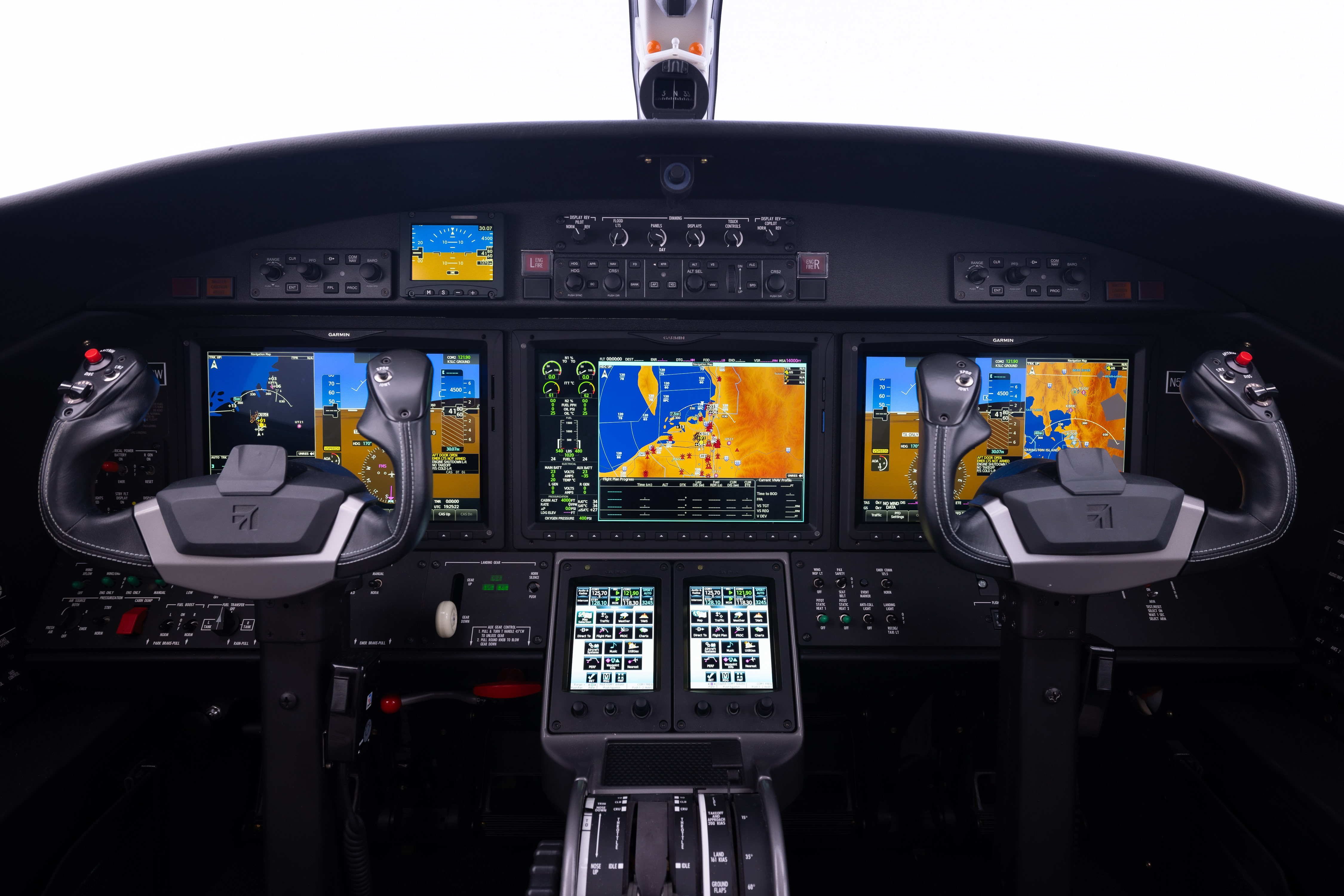What Pilots Get Wrong About Thunderstorms
Modern tools help us see storms coming—but they can’t save us if we get too close.
On September 27, 2023, a training flight ended tragically near Whitesville, Kentucky, when a Piper PA-28 crashed during a thunderstorm. Both the flight instructor and student were killed.
While multiple factors contributed to the accident, one lesson is crystal clear for all of us: thunderstorms are not something to take lightly. They are not forgiving, if we get too close they’ll bite us.
As we move through the summer flying season, it’s worth revisiting the basics of thunderstorm formation, the realities of flying anywhere near convective weather, and how to properly use the tools we have in the cockpit.
Thunderstorms 101
Thunderstorms need three ingredients: moisture, lift, and instability. Summer provides all three in abundance. Warm ground temperatures heat the surface air, causing it to rise. That rising air carries moisture upward, where it condenses and begins to build vertically—especially near frontal boundaries or terrain. The result? Big, fast-growing clouds with trouble brewing inside.
These storms develop in three stages:
1. Cumulus Stage – Air rises and builds the cloud. No rain yet, but strong updrafts are present.
2. Mature Stage – Rain begins to fall, updrafts and downdrafts mix violently, lightning strikes, and wind shear, hail, and microbursts are possible.
3. Dissipating Stage – Downdrafts dominate, but turbulence and danger remain.
None of these stages are safe to fly through. Even a cumulus-stage cloud can contain serious turbulence. Once a storm reaches the mature phase, flying into it—intentionally or not—is asking for structural failure.
The Brutal Truth About Flying Near Thunderstorms
The Cirrus SR series is an outstanding aircraft. It’s advanced, capable, and well-equipped—but no GA airplane is built to handle the conditions inside a thunderstorm.
Updrafts can exceed 6,000 feet per minute. Windshear can violently disrupt even the most stabilized approach. And hail, which can form high in the cell, doesn’t fall straight down—it can be launched 10 to 20 miles downwind. Just because you’re not directly under the cell doesn’t mean you’re safe.
Once inside, you’re not “managing the situation.” You’re at the mercy of an atmosphere that couldn’t care less about your training or your decision-making.
XM, ADS-B, ForeFlight: Amazing Tools—With Limits
Most of us today fly with some form of in-flight weather—whether it’s XM satellite weather, ADS-B data, or app-based tools like ForeFlight. These technologies give us incredible awareness compared to previous generations.
But here’s what’s often misunderstood: what you’re seeing is not real-time. There’s often a 10 to 20 minute (or more) delay between what’s happening out the windshield and what’s displayed on your screen. And in that time, a build-up can become a full-blown monster.
Radar and satellite imagery are fantastic strategic tools—they help us make big-picture decisions. But if you’re trying to “thread the needle” between cells based on your iPad display, you’re already playing with fire.
That storm you think you’re sneaking past may have already shifted or intensified. And if you’re downwind of it? You might be in range of hail you never saw coming.
When in Doubt: Wait It Out
The best option is often the least exciting one: wait.
If storms are building near your route, wait for them to pass. If the radar looks nasty, tie down, grab a hotel, and fly out in the morning. Rescheduling, delaying, and even canceling are signs of a safe, smart pilot—not a weak one.
The decision to stay on the ground will never make the news—but trying to push through weather might.
Thunderstorms aren’t just “bad weather.” They’re violent, fast-moving systems capable of tearing airplanes apart. And while we’ve never had more tools in the cockpit to help us see them coming, no tool replaces good judgment.



 wings or empennage and ever thought “What are those?” Well… this brings us to our discussion of what is known as a static wick / discharger.
wings or empennage and ever thought “What are those?” Well… this brings us to our discussion of what is known as a static wick / discharger. 


